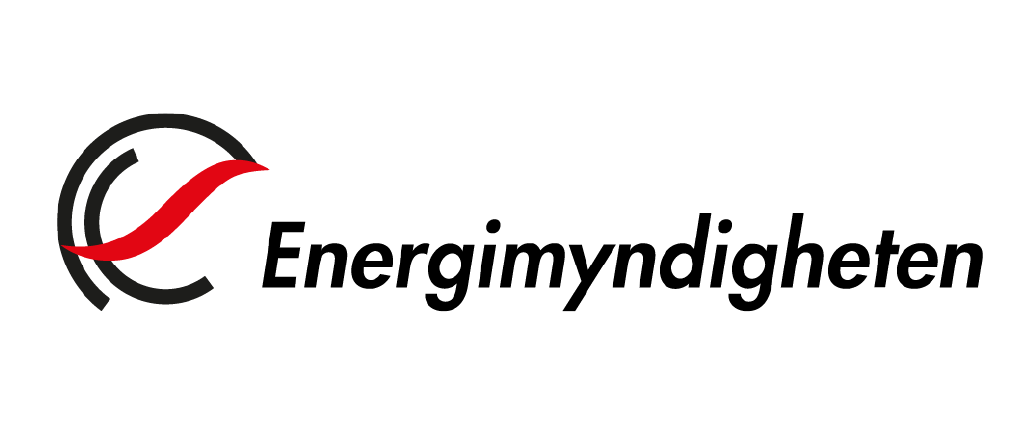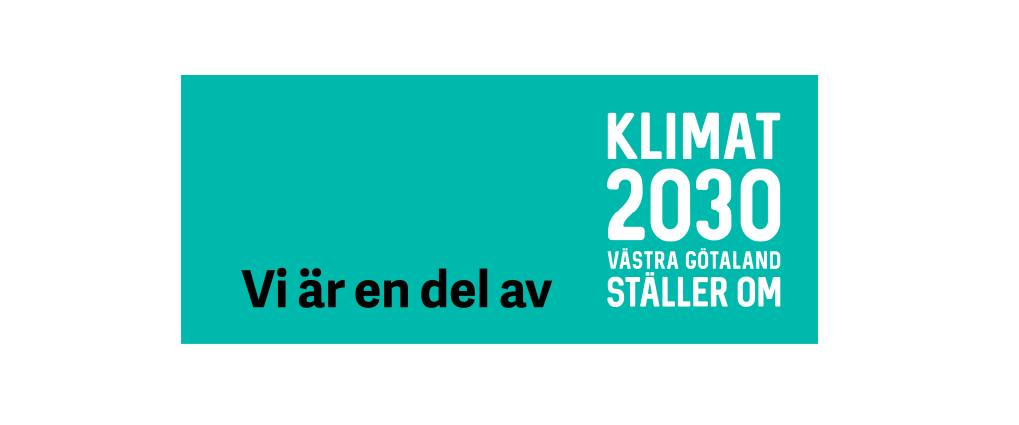Performance evaluation of a direct ground-coupled self-regulating active chilled beam system
- Utgivare: Energy and Buildings: Vol 209
- År: 2020
- Nummer: Article 109691
- Författare: Anders Trüschel, Jan-Olof Dalenbäck, Jonas Gräslund, Peter Filipsson
- Typ: Vetenskaplig artikel
Active chilled beams support high temperature cooling which enables the opportunities of direct ground-coupling and self-regulation. Direct ground-coupling implies cooling through a ground heat exchanger without use of a chiller and self-regulation refers to the elimination of individual room control systems.
This paper presents the operation and indoor air temperatures in such an office building located in Stockholm, Sweden, and the analysis includes the unprecedented hot summer of 2018. The results show that the system is capable of supplying the building with enough cooling to not exceed desired indoor air temperature levels. It is also concluded that the self-regulation kept the indoor air temperature satisfactory uniform. The difference between the highest and lowest temperature is 1.9 K on average and below 2.4 K during 90% of the time. Regarding stability, the least stable temperature recorded has a standard deviation of 0.8 K while the average standard deviation is less than 0.5 K. The indoor air temperature during summer is about 2 K lower than suggested by standards.
This calls for conducting a thermal comfort survey and may be remedied by increasing the chilled water temperature. To increase the performance of the system, the ground is cooled during winter by preheating the supply air. During 2018, slightly more cooling was extracted in the summer than recharged during winter.





